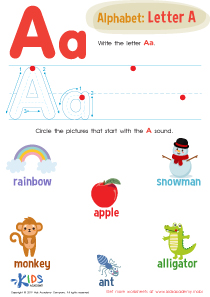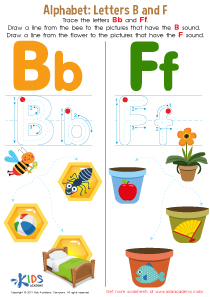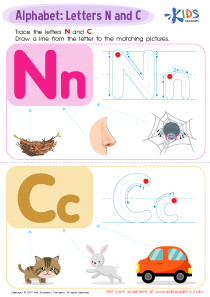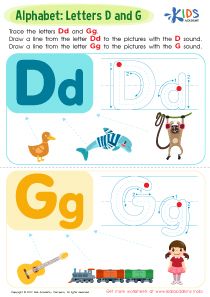Letter recognition Letter N Worksheets for Ages 5-8
3 filtered results
-
From - To
Enhance your child's literacy with our engaging "Letter Recognition Letter N Worksheets" designed for ages 5-8. These interactive worksheets provide a fun and effective way for young learners to recognize the letter N through various activities. From tracing and identifying to coloring and matching, each worksheet encourages children to explore letters in an enjoyable context. Parents and educators will find these resources invaluable for reinforcing essential pre-reading skills while promoting literacy confidence. Our colorful, thoughtfully crafted worksheets not only foster letter recognition but also help build a strong foundation for future reading success. Dive into the world of letters today!
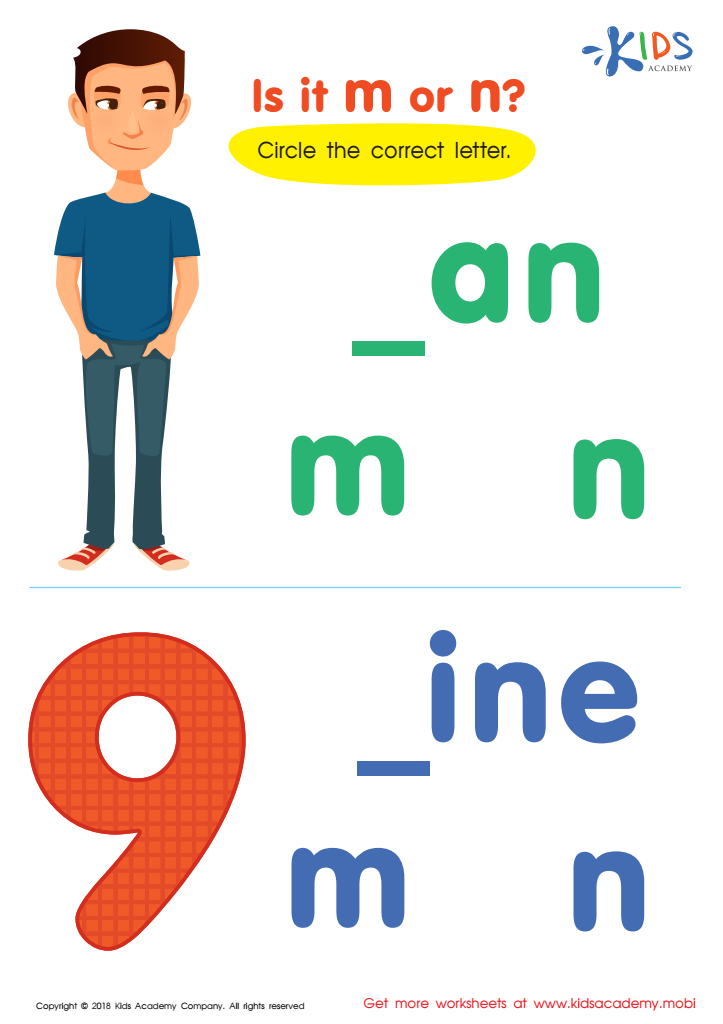

Is It m or n? Worksheet
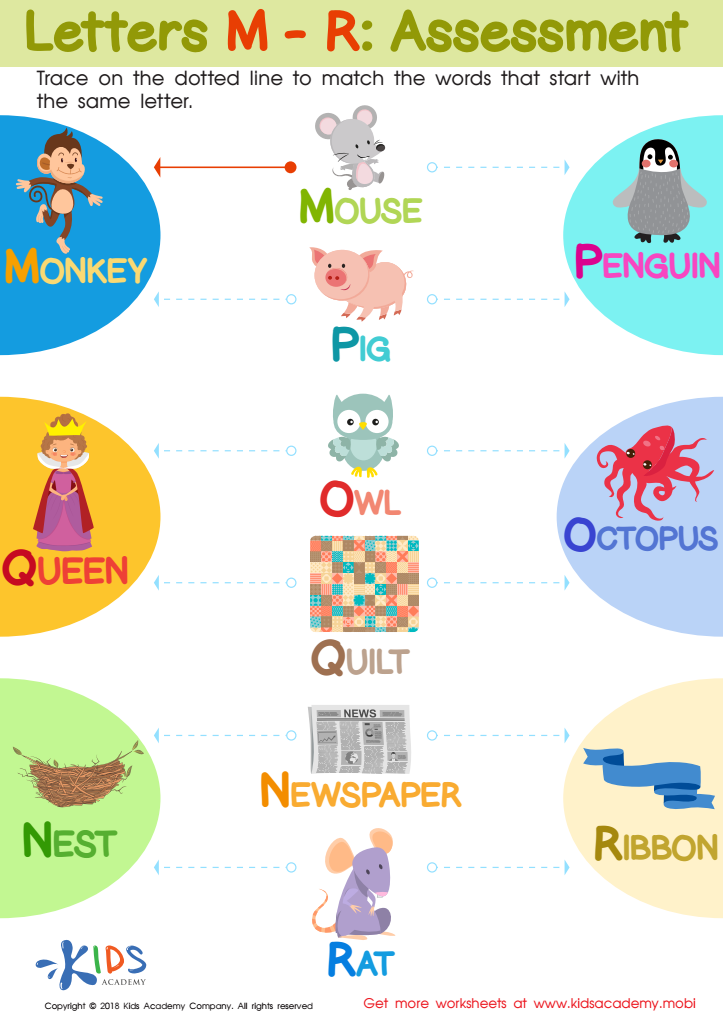

Letters M-R Tracing Worksheet
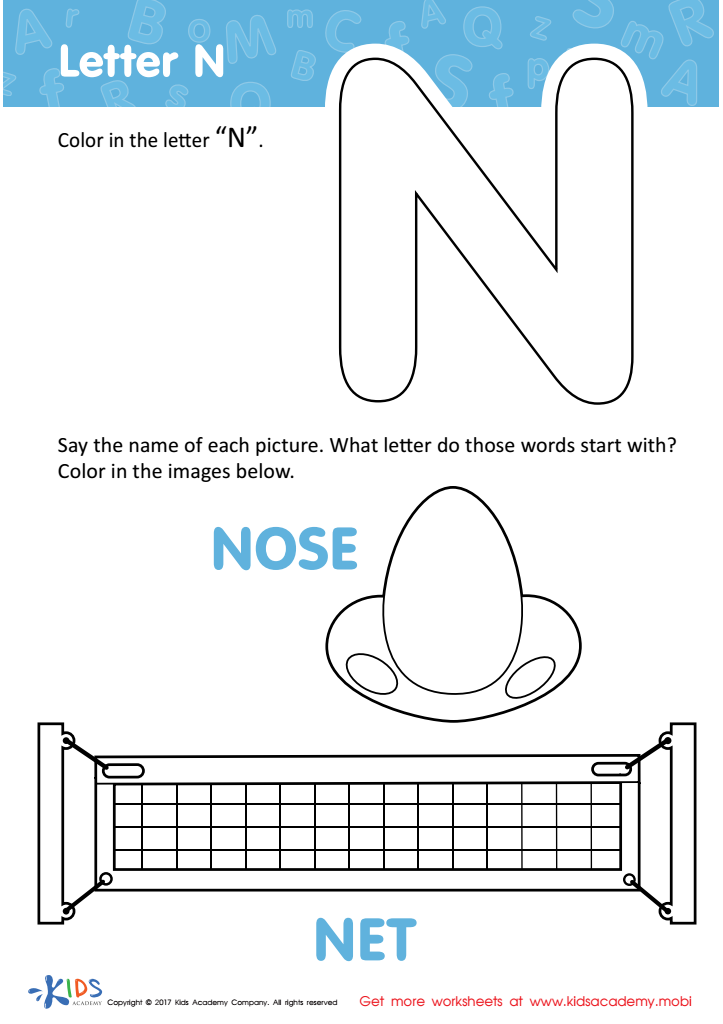

Letter N Coloring Sheet
Letter recognition is a crucial foundational skill for children aged 5-8, as it significantly impacts their literacy development. Focusing on the letter "N," parents and teachers should emphasize this letter because it is not only a common consonant but also plays a vital role in word formation. Recognizing the letter "N" helps children understand the sounds associated with it, creating a cornerstone for phonemic awareness.
When children can identify and differentiate the letter "N," they can begin to build simple words, enhancing their vocabulary and reading skills. Recognizing "N" aids in their ability to spell, sound out words, and read with fluency. Additionally, teaching the letter "N" can be related to engaging and memorable activities that deepen understanding—for instance, using objects like "nose" and "net" as examples contributes to retaining attention and making learning enjoyable.
Furthermore, fostering letter recognition fosters a child's confidence. Mastering letters like "N" encourages them to engage in conversations and storytelling, laying the groundwork for effective communication skills. Therefore, parents and teachers play an essential role in guiding children to thrive in literacy by highlighting the importance of recognizing the letter "N." Developing these skills at an early age ultimately sets children on a path towards academic success.

 Assign to My Students
Assign to My Students




